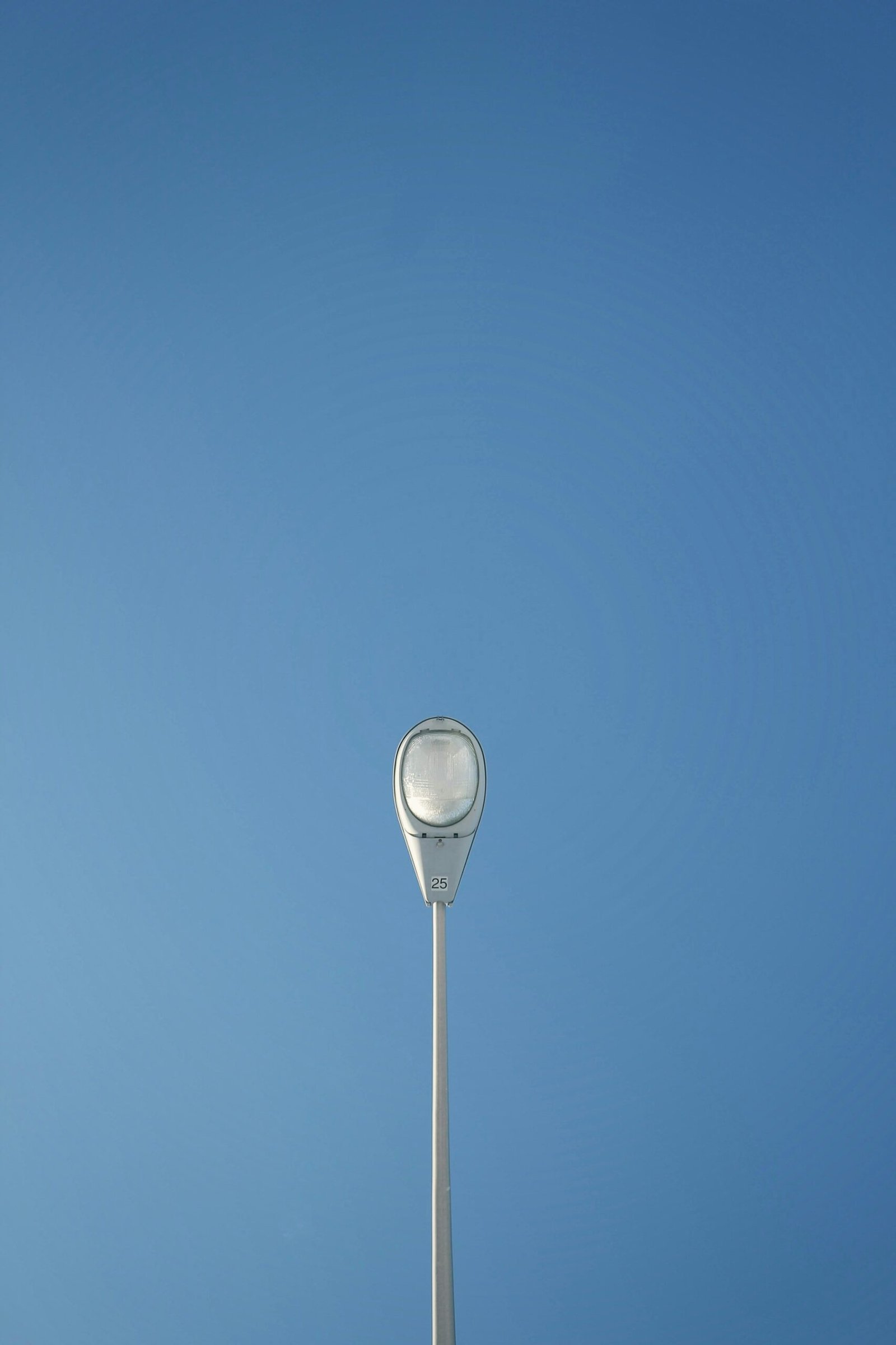Have you ever experienced excruciating pain in your joints, specifically in your big toe? It could be a sign of gout, but what if it's something else? In this article, we will explore the symptoms and characteristics of gout, as well as other conditions that may mimic its signs. By understanding the differences, you'll be better equipped to recognize when it's time to seek medical attention. So, let's dive into the world of gout and learn how to distinguish it from other potential culprits.
Understanding Gout
Gout is a type of arthritis that is characterized by sudden and severe pain, redness, and swelling in the joints. It commonly affects the joints in the big toe, although it can also occur in other joints such as the ankles, knees, and wrists. Gout is caused by a buildup of uric acid crystals in the joints, which leads to inflammation and pain. It is important to understand the causes and risk factors for gout in order to better manage and prevent its occurrence.
What is gout
Gout is a form of inflammatory arthritis that is caused by a buildup of uric acid crystals in the joints. Uric acid is a waste product that is normally dissolved in the blood and excreted through the kidneys. However, in individuals with gout, there is either an overproduction of uric acid or the kidneys are unable to effectively remove it from the body. As a result, uric acid crystals accumulate in the joints, leading to inflammation and pain.

What causes gout
The exact cause of gout is not fully understood, but there are several factors that can increase the risk of developing the condition. These include:
- Diet: Consuming foods that are high in purines, such as red meat, organ meats, and seafood, can increase the production of uric acid and increase the risk of gout.
- Obesity: Being overweight or obese can increase the production of uric acid and decrease the kidneys' ability to remove it from the body, increasing the risk of gout.
- Genetics: Gout tends to run in families, suggesting that there is a genetic component to the condition.
- Certain medical conditions: Conditions such as high blood pressure, diabetes, and kidney disease can increase the risk of developing gout.
Who is most at risk for developing gout
Certain individuals are more at risk for developing gout. These include:
- Men: Gout is more common in men, particularly between the ages of 40 and 60.
- Postmenopausal women: Women are less likely to develop gout before menopause, but the risk increases after menopause.
- People with a family history of gout: Having a family history of gout increases the risk of developing the condition.
- Individuals with certain medical conditions: Conditions such as high blood pressure, diabetes, and kidney disease can increase the risk of developing gout.
- Those who consume a diet high in purines: Consuming foods that are high in purines, such as red meat, organ meats, and seafood, can increase the risk of gout.

Signs and Symptoms of Gout
Gout is characterized by several signs and symptoms that can vary in severity from person to person. These include:
Pain in the joints
The most common symptom of gout is sudden and severe pain in the joints. The pain often begins in the big toe and can spread to other joints such as the ankles, knees, and wrists. The pain is typically accompanied by tenderness and swelling in the affected joint.
Redness and swelling
Gout often causes redness and swelling in the joints. The affected joint may appear swollen and feel warm to the touch.
Limited range of movement
Due to the pain and swelling, individuals with gout may experience a limited range of movement in the affected joint. It may be difficult to bend or straighten the joint, and even simple movements can be painful.
Long periods of discomfort
Gout attacks can last for several days to a couple of weeks. During this time, individuals may experience ongoing discomfort, even when not actively using or moving the affected joint.
Distinct Characteristics of a Gout Attack
Gout attacks have several distinct characteristics that differentiate them from other conditions. These include:
Sudden and severe pain
A gout attack is typically characterized by sudden and intense pain. The pain may develop rapidly, often during the night, and can be debilitating.
Usually affects one joint at a time
Unlike other forms of arthritis that may affect multiple joints, gout attacks often occur in only one joint at a time. The big toe is the most commonly affected joint, but other joints such as the ankles, knees, and wrists can also be affected.
Attacks often occur at night
Gout attacks frequently occur during the night, often waking individuals from sleep. The pain can be so intense that it becomes difficult to find a comfortable position or sleep.

Other Diseases with Similar Symptoms
Several other diseases share similar symptoms with gout. It is important to differentiate between these conditions in order to provide appropriate treatment and management. These include:
Osteoarthritis
Osteoarthritis is another form of arthritis that can cause joint pain and swelling. However, unlike gout, osteoarthritis is caused by the breakdown of joint cartilage over time, rather than a buildup of uric acid crystals.
Rheumatoid Arthritis
Rheumatoid arthritis is an autoimmune disease that causes joint inflammation and pain. It can affect multiple joints and is usually symmetrical, meaning that if one joint is affected, the same joint on the other side of the body is also affected.
Pseudogout
Pseudogout is a condition that causes sudden and severe joint pain and swelling, similar to gout. However, instead of uric acid crystals, pseudogout is caused by calcium pyrophosphate crystals.
Septic Arthritis
Septic arthritis occurs when a joint becomes infected, leading to pain, swelling, and inflammation. It can be difficult to distinguish septic arthritis from gout based on symptoms alone, and medical evaluation is necessary to make an accurate diagnosis.
Differentiating Gout from Other Conditions
While gout shares symptoms with other conditions, there are some unique aspects that can help differentiate it from other conditions. These include:
Symptoms unique to Gout
Certain symptoms are specific to gout and help in differentiating it from other conditions. These include the sudden and severe pain often occurring at night, the characteristic redness and swelling, as well as the limited range of movement in the affected joint.
Progression of disease
The progression of gout is also different from other conditions. Gout attacks may occur intermittently, with periods of remission in between. If left untreated, however, gout can lead to chronic gouty arthritis, characterized by ongoing joint pain and damage.
Areas commonly affected
Gout often affects the joints in the feet, particularly the big toe. This is a distinctive characteristic that sets it apart from other forms of arthritis that may affect different joints.
Diagnosing Gout
The diagnosis of gout involves a combination of medical history evaluation, physical examination, and additional tests. The process may include:
Medical history evaluation
A thorough discussion of the individual's medical history is essential in diagnosing gout. The healthcare provider will ask about the symptoms experienced, the timeline of the attacks, and any risk factors or family history of gout.
Physical examination
During a physical examination, the healthcare provider will assess the affected joint for signs of redness, swelling, and warmth. They may also perform gentle palpation to assess for tenderness and evaluate the range of motion of the joint.
Laboratory tests
Blood tests are often conducted to measure the levels of uric acid in the blood. However, it is important to note that the presence of high levels of uric acid does not necessarily indicate gout, as many individuals with high levels never experience a gout attack. A joint fluid analysis may also be performed to identify the presence of uric acid crystals, which is a definitive diagnosis of gout.
Imaging tests
In some cases, imaging tests such as X-rays or ultrasound may be used to evaluate the affected joint for signs of inflammation, joint damage, or the presence of tophi (collections of uric acid crystals).
Treatment for Gout
The treatment of gout aims to relieve symptoms, reduce inflammation, and prevent future gout attacks. It involves a combination of medication, lifestyle modifications, and dietary changes.
Medication for reducing pain and inflammation
Nonsteroidal anti-inflammatory drugs (NSAIDs) are commonly prescribed to reduce pain and inflammation during a gout attack. Corticosteroids may also be used in severe cases. In some instances, medications such as colchicine or urate-lowering therapy may be prescribed to prevent future gout attacks.
Lifestyle modifications
Lifestyle modifications can help manage gout and reduce the frequency and severity of gout attacks. This includes maintaining a healthy weight, exercising regularly, and avoiding triggers such as alcohol and certain medications.
Dietary changes
Making changes to your diet can also play a significant role in managing gout. Reducing consumption of foods high in purines, such as red meat, organ meats, and seafood, can help decrease uric acid levels in the body. Increasing intake of low-fat dairy products, fruits, vegetables, and whole grains can also be beneficial.
Preventing Gout
Preventing gout involves making lifestyle changes that reduce the risk of gout attacks. Some strategies to prevent gout include:
Reducing consumption of foods high in purines
Limiting your intake of foods that are high in purines, such as red meat, organ meats, and seafood, can help reduce the risk of gout. It is also beneficial to avoid high-fructose corn syrup and sugary drinks, as they have been linked to an increased risk of gout.
Maintaining a healthy weight
Being overweight or obese is a risk factor for gout. By maintaining a healthy weight through regular exercise and a balanced diet, you can help reduce the risk of gout attacks.
Drinking plenty of fluids
Staying well-hydrated can help reduce the risk of gout by aiding in the excretion of uric acid from the body. It is recommended to consume plenty of water and avoid sugary beverages.
When to Seek Medical Attention
In certain situations, it is important to seek medical attention for gout. These include:
Persisting or worsening symptoms
If the symptoms of gout persist or worsen despite self-care measures, it is advisable to consult a healthcare provider. They can assess the situation and recommend appropriate treatment options.
Severe pain or discomfort
Severe pain or discomfort that is interfering with daily activities should not be ignored. Seeking medical attention can help manage the symptoms and prevent further complications.
Difficulty in performing daily tasks
If gout is significantly impacting your ability to perform daily tasks or work, it is important to seek medical attention. A healthcare provider can help manage the symptoms and provide guidance on managing gout in the long term.
Living with Gout
Living with gout involves managing symptoms, regular medical check-ups, and addressing the emotional and psychological aspects of the condition.
Managing symptoms
Following the recommended treatment plan prescribed by a healthcare provider is crucial in managing gout. This includes taking medications as prescribed, adopting a healthy lifestyle, and avoiding triggers that can cause gout attacks.
Regular medical check-ups
Regular check-ups with a healthcare provider are important in monitoring the progression of gout and managing any potential complications. These check-ups may include blood tests to monitor uric acid levels and assess the effectiveness of treatment.
Emotional and psychological aspects
Living with a chronic condition like gout can have emotional and psychological implications. It is important to seek support from healthcare professionals, family, and friends to help manage the emotional impact of the condition. Additionally, joining support groups or seeking therapy can be beneficial in coping with the challenges of living with gout.
In conclusion, gout is a form of arthritis that is characterized by sudden and severe pain, redness, and swelling in the joints. It is caused by a buildup of uric acid crystals and can be managed through medication, lifestyle modifications, and dietary changes. By understanding the signs and symptoms of gout, differentiating it from other conditions, and taking appropriate steps to prevent and manage gout attacks, individuals can lead a fulfilling life with this condition. Remember to seek medical attention when necessary and address the emotional and psychological aspects of living with gout. With the right care and support, it is possible to live well with gout.